
“I was frightened to find myself
in the void, I myself a void.
I felt like I was suffocating,
considering and feeling
that everything is void,
solid void.”
—Giacomo Leopardi
The metaphor of “mental illness” dispossesses the individual of whatever is most unique and personal in her way of life, in his method of perceiving reality and herself in it; this is one of the most dangerous attacks against the singular, because through it the individual is always brought back to the social, the collective, the only “healthy” dimension in existence.
The behavioral norms that regulate the human mass become absolute, the “deviant” act that follows a different logic is tolerated only when stripped of its peculiar “meaning”, of the particular “rationality” that underlies it. Reasons connect only to collective acts, which can be brought back, if not to the codes of the dominant culture, to those of various ethnic, antagonist and criminal subcultures that exist. The sharing of meanings, symbols and interpretations of reality thus appears as the best antidote to madness.
Thus if one who suddenly kills his family is a lunatic, or better, a “monster”, one who sets fire to a refuge for foreigners appears as a xenophobe (at most, from the method, a bit hasty, but still within reason) and one who slaughters in the situation of a declared war is nothing but a “good soldier”.
Thus, according to the classifying generalization that makes them all alike, expropriating them of their lived singularity, lunatics are “ dangerous to society”. Truthfully, one can only agree with this, certainly not because of the supposed and pretextual aggressiveness and violence attributed to those who suffer psychiatric diagnosis (the psychiatrists and educators of every sort are undoubtedly much more dangerous), but because they have violated, knowingly or not, the essentially quantitative codes that constitute normality. What is surprising is that after long years of domestication there is anybody who does not respond to cultural stimuli, if not quite automatically, at least in a highly predictable manner. Unpredictability is the source of the greatest anxiety for every society and its guardians, since it is often the quality of the individual; no motive, no value, no purpose that is socially comprehensible, only an individual logic, necessarily abnormal.
Defense from this danger is entrusted to the proclamations of science. In other words, the “unhealthy” gesture, the creator of which is not responsible, remains as a consequence of an external misfortune that could strike and give rise to thousands of people like him. The mechanism is therefore well contrived, a gesture deprived of meaning, of an underlying will, becomes innocuous, and it is easy to neutralize it, along with its creator, behind the alibi, which is “social” as well, of the cure.
The psychiatric diagnosis comes down on the individual like an axe, amputating her language, his meaning, her life paths; it claims to eliminate them as irrational, senseless; the psychiatrist behaves before them with the liquidating attitude of one who transforms the experiences of life into malfunctions of the psyche, the emotions into a malignant tumor to be removed.
Psychiatrists, as technicians of certainty, are the most efficient police of the social order. Reality, like the meaning of existence, has clear and unequivocal boundaries for these priests in white shirts; their mission: to “return” those who have gotten lost venturing onto the winding paths of nonsense “to their senses”.
If the police are limited, as is claimed, to beating you, the psychiatrist demands to hear you say, “Thank you, I am well now” as well.
The focal point in the discussion is not in the four walls and the bars of the asylum, nor in the electroshock and constraint beds, nor in bad as opposed to good psychiatry, but in “psychiatric thought” itself, in the form of thinking of anyone who addresses himself to different subjects with the clinical eye of diagnosis, always looking for the symptoms of a pathology in them, in order to annul the difference with a “therapy” that brings them back to being more like us.
If the real purpose of the “new places” of psychiatry was that of stimulating creativity, individual growth, liberating communication and developing the capacity for relations, they would not be “psychiatric” or “therapeutic/rehabilitative” places, but probably ideal places for everyone, places of freedom. The problem is that these places are nothing but ghettoes in which one does not find individuals interacting on the level of mutuality, but rather two “categories” of persons in asymmetrical positions: the professionals and the clients , the healthy and the diseased, those who help and those who are helped; in these places, the healthy try to persuade the diseased that what they did and thought up to that time was wrong, or rather “unhealthy”, and through the “joyful” method of the encounter group, of dance, theatre and music…lead them toward the binaries of normality.
The “autonomy” and “self-realization” about which these democratic operators flap their tongues are exclusively their own and, to them, it is necessary to conform in order to be able to leave the healing enclosure. Psychiatric medicine itself, as analgesic (anesthetic) for the mind, is the sign of the attempt to block every development, every pathway however painful at times, that an individual puts into action as a reaction to that which oppresses her. Without mystifying this process, this moment of “crisis”, that is not necessarily a pathway to liberation, the fact of the matter remains that the answer of power is generalized narcosis, collective stupefaction, that renders us static and tranquil, anchored to our placid misery.
https://sites.google.com/site/anarchyinitaly/canenero/the-technique-of-certainty


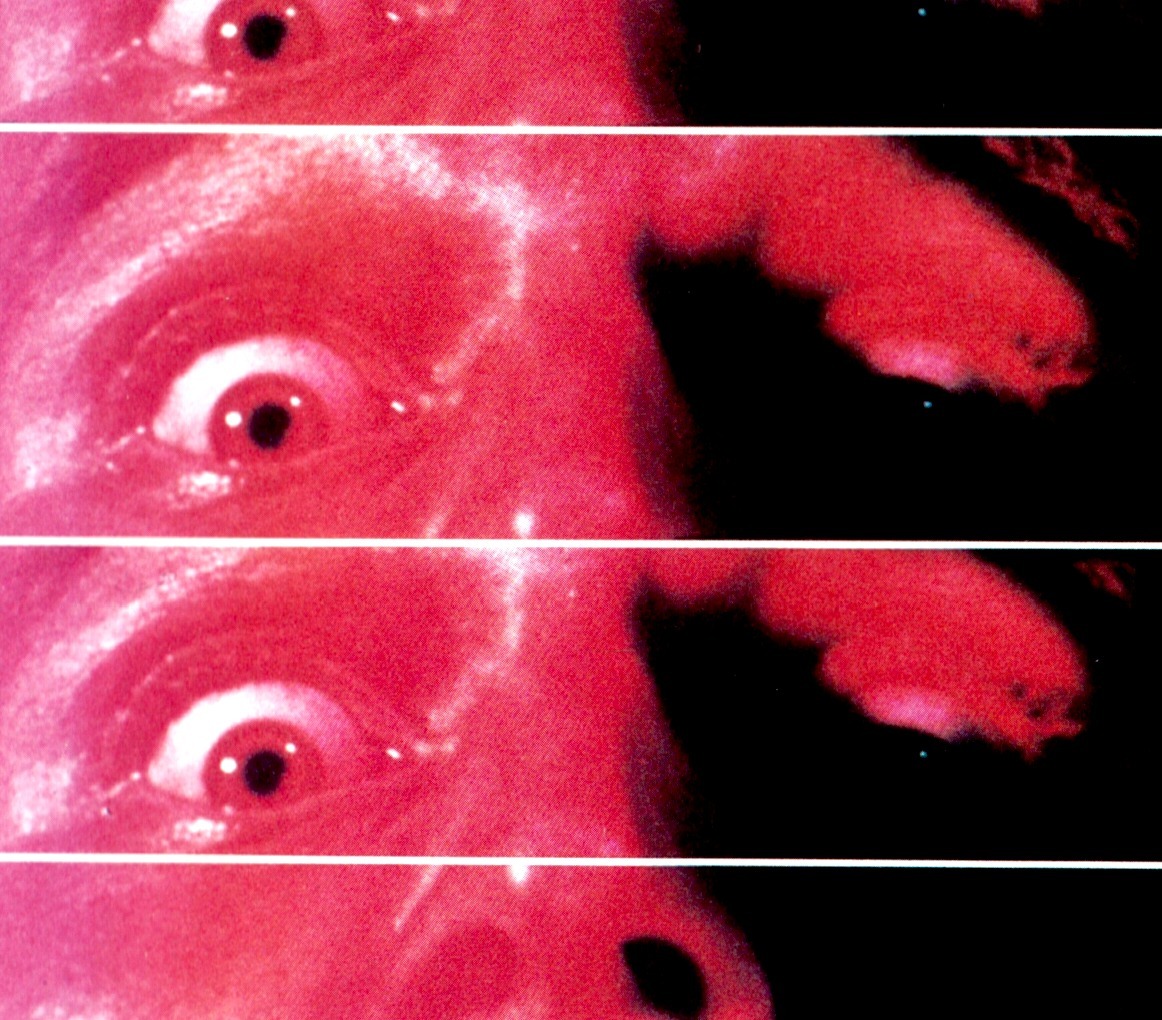
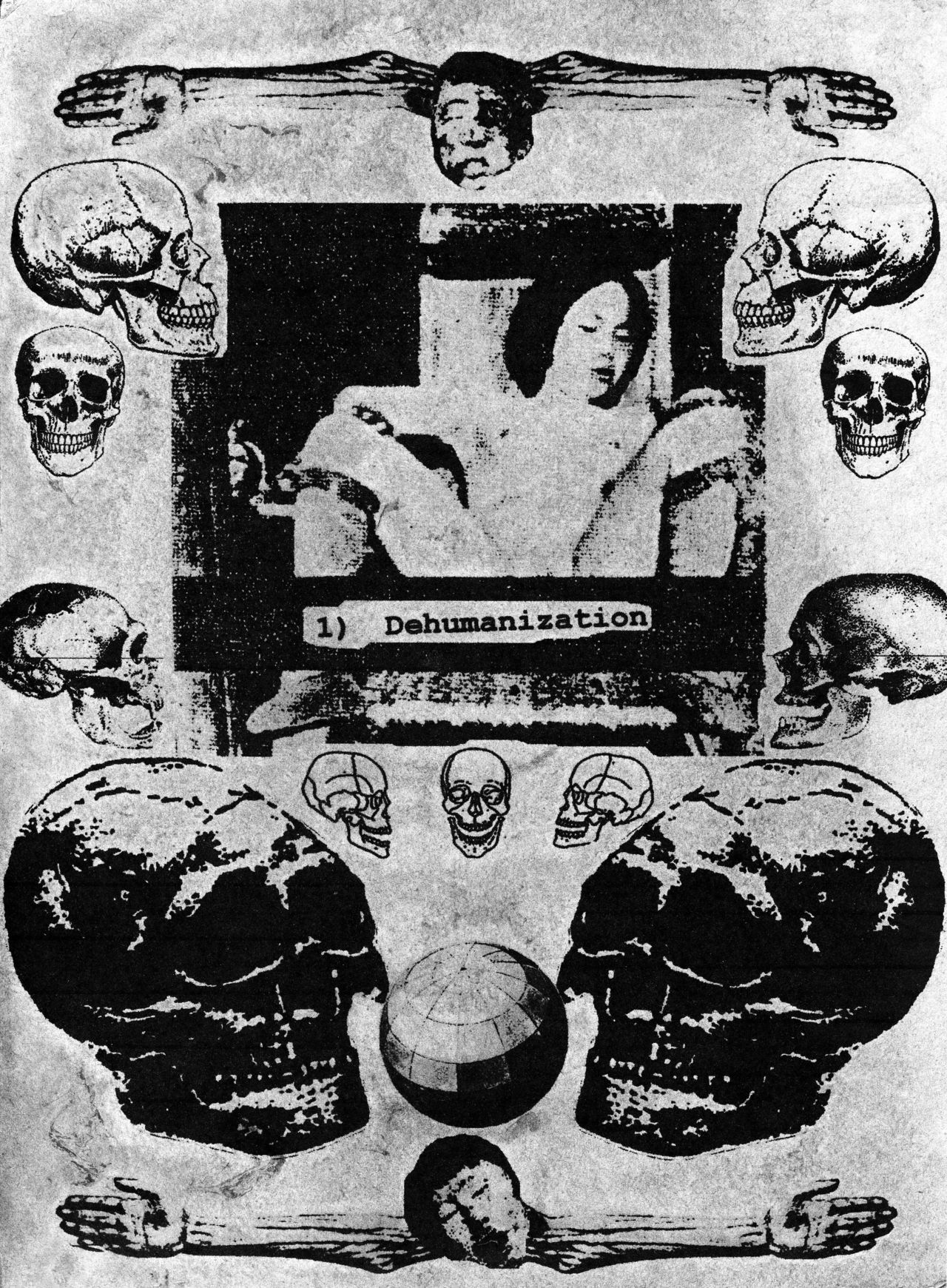



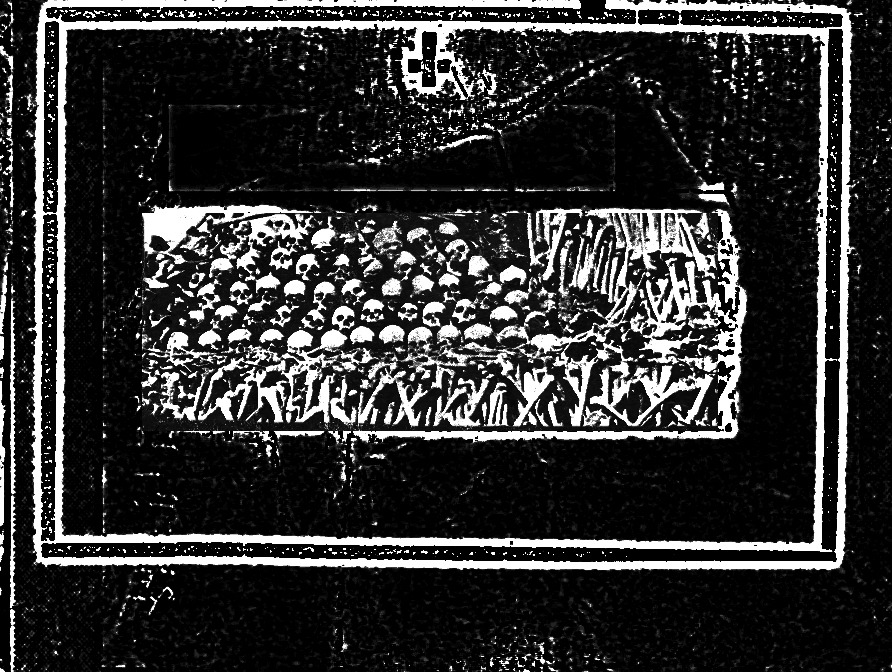
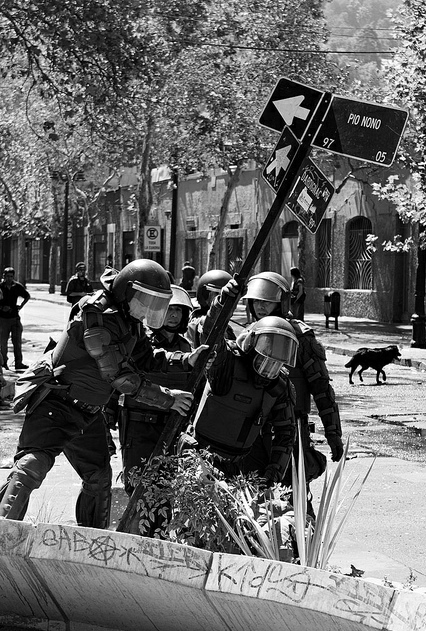
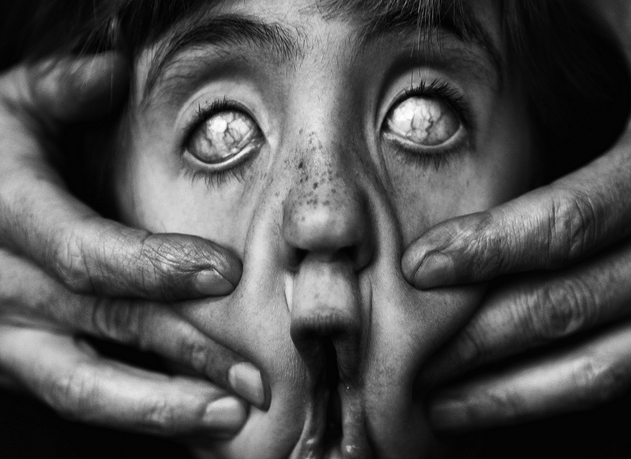


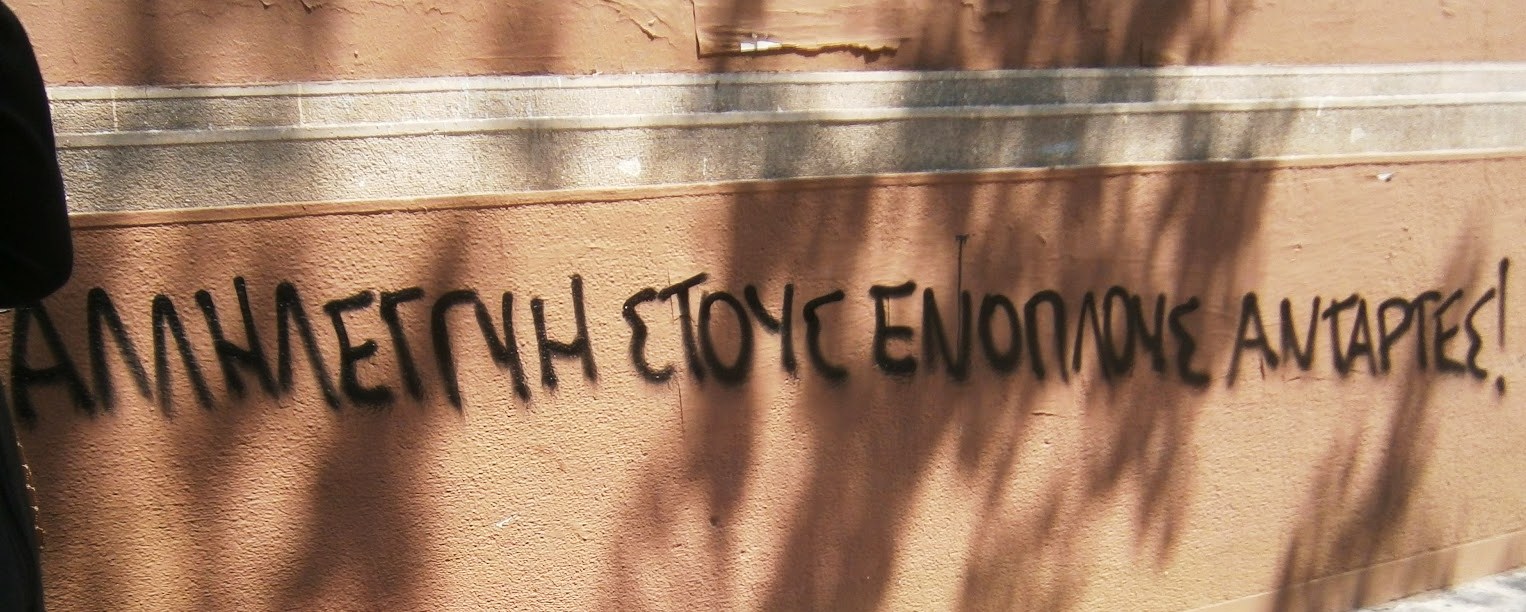

![Eurorepressione - Sulla conferenza a Den Haag sul tema "Anarchia" [corretto]](http://25.media.tumblr.com/tumblr_m0jvngOXtY1qa2163o1_1280.jpg)

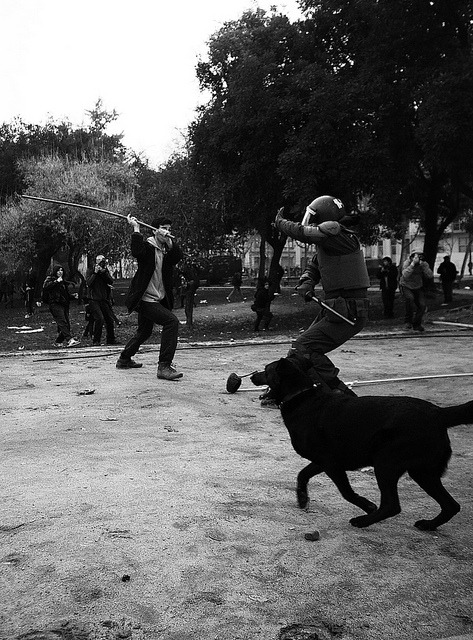
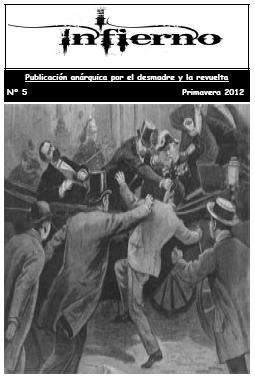
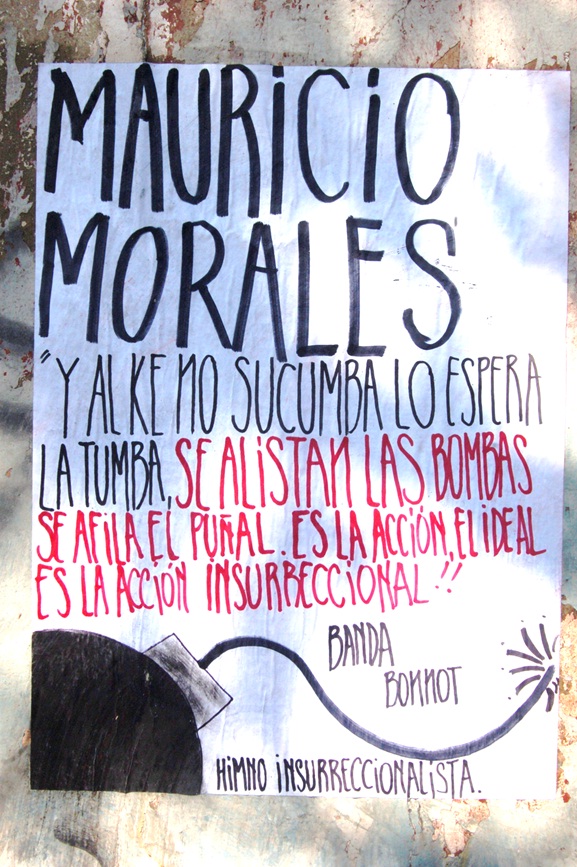
![A tres años de la Partida de Mauricio Morales: De la Memoria a la Calle [Stgo.]](http://metiendoruido.com/wp-content/uploads/2012/05/mmacividad.jpg)

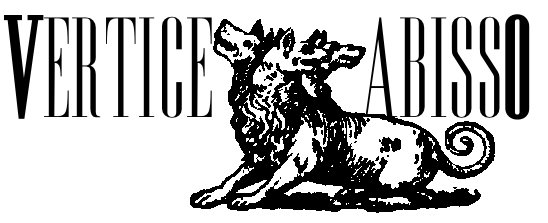



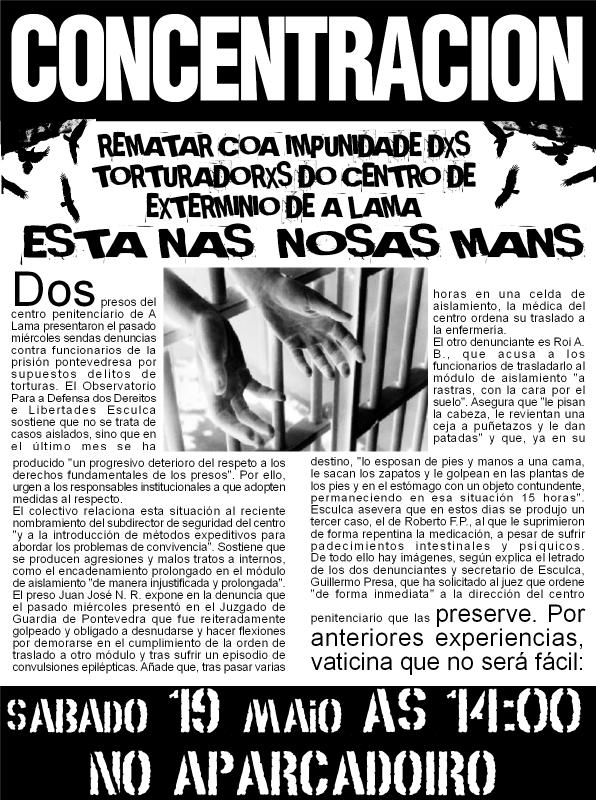



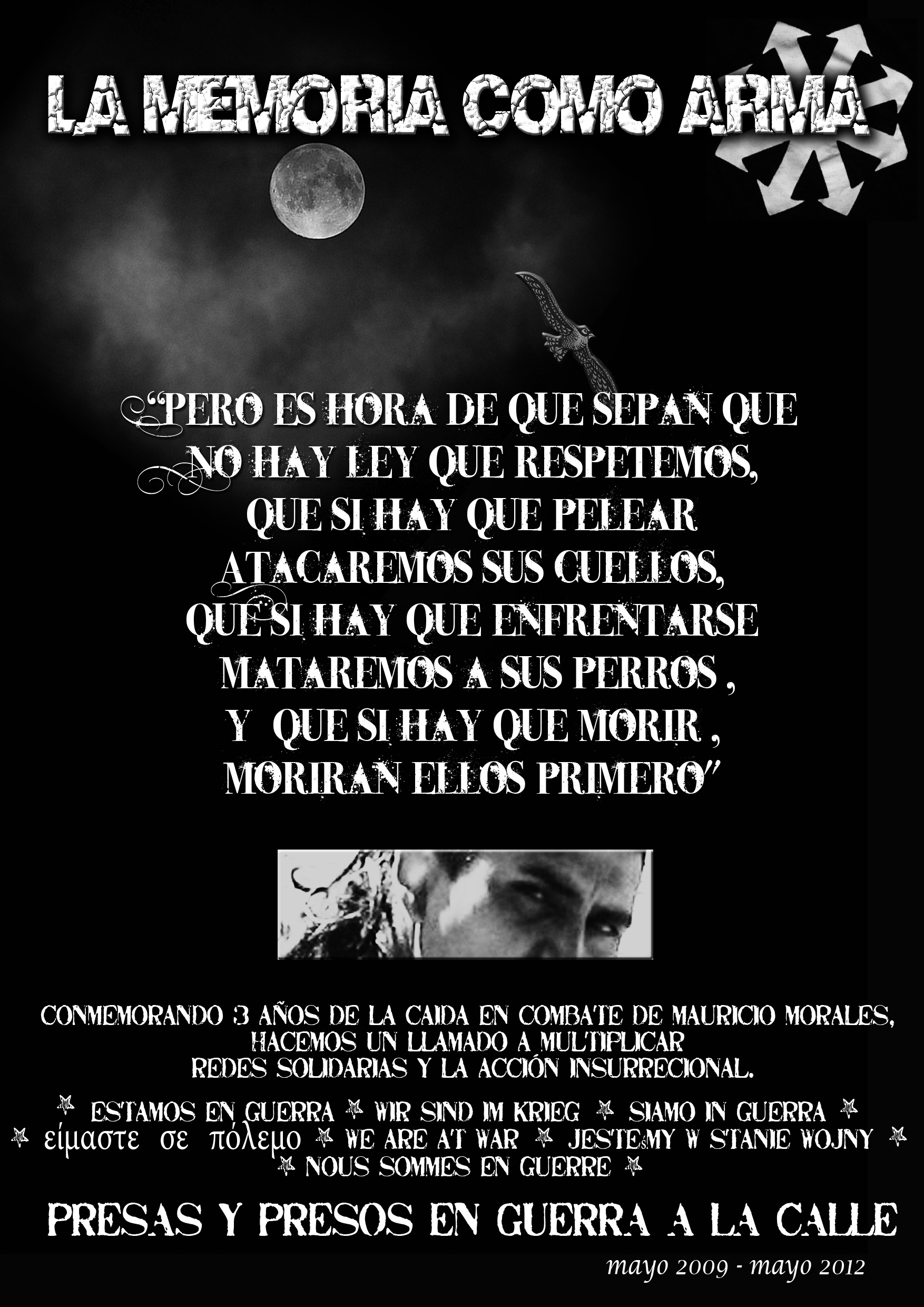









Nessun commento:
Posta un commento